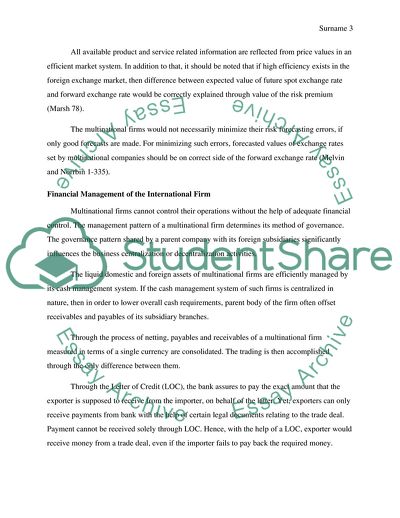Cite this document
(Summary of Risk and International Capital Flows Essay, n.d.)
Summary of Risk and International Capital Flows Essay. https://studentshare.org/macro-microeconomics/1818943-summary-of-risk-and-international-capital-flows
Summary of Risk and International Capital Flows Essay. https://studentshare.org/macro-microeconomics/1818943-summary-of-risk-and-international-capital-flows
(Summary of Risk and International Capital Flows Essay)
Summary of Risk and International Capital Flows Essay. https://studentshare.org/macro-microeconomics/1818943-summary-of-risk-and-international-capital-flows.
Summary of Risk and International Capital Flows Essay. https://studentshare.org/macro-microeconomics/1818943-summary-of-risk-and-international-capital-flows.
“Summary of Risk and International Capital Flows Essay”. https://studentshare.org/macro-microeconomics/1818943-summary-of-risk-and-international-capital-flows.


